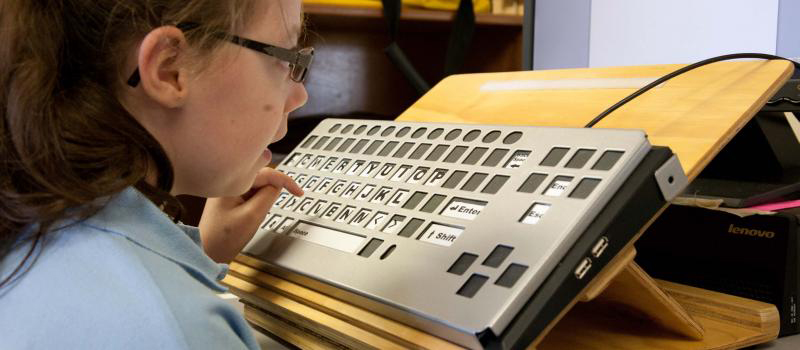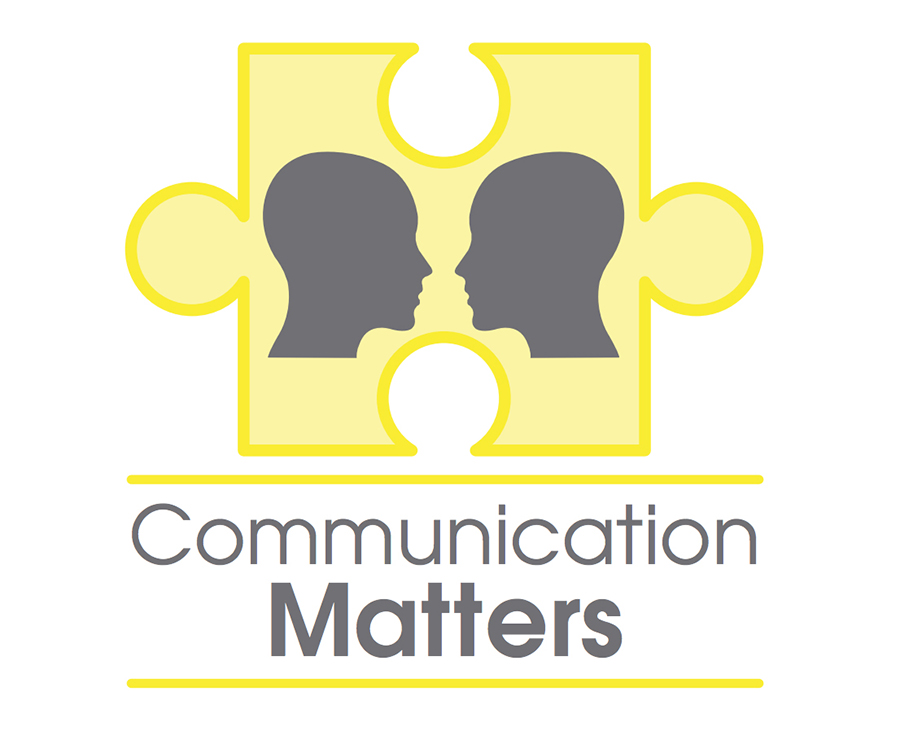Last Updated on 08/12/2023 by Sarah Sarsby
Augmentative and alternative communication (AAC) services help people to communicate as effectively as possible when speech is impaired.
The term AAC covers a wide range of techniques that support or replace spoken communication. Techniques include gestures, signing, symbols, communication boards and books, as well as powered and computerised devices such as voice output communications aids (VOCAs).
AAC is used to help people express themselves who may have no clear speech. There are many possible causes including cerebral palsy, stroke, head injury, motor neurone disease, or a learning disability.
Since April 2013, NHS England became responsible for commissioning services with the most complex needs. These 15 specialist services are commissioned and funded with a national service specification for AAC. AAC services are organised and funded differently in the different countries in the UK.
This has been described as the AAC “Hub and Spoke” model with the regional “hubs” able to provide specialist services and support to a number of local centres, or “spokes” offering AAC services. Funding for local AAC services (spokes) is within the remit of Clinical Commissioning Groups (CCGs). In Wales, Scotland, and Northern Ireland there are specialist AAC services set up to assess children and adults with the most complex needs. These services are funded by the NHS and/or education.
Local AAC services carry out assessment and provide AAC equipment for individuals who are not yet eligible for specialised services. They also implement equipment provided by the specialised services.
Your local AAC service should support a managed care pathway for children and adults with less complex needs, make appropriate referrals to specialised AAC hubs and other relevant services, and coordinate the support required. You may be referred to a multidisciplinary team that typically would include speech and language therapists, occupational therapists, educational professionals, and experts in assistive technology.
Aided communication involves additional equipment that may be paper-based or electronic, often referred to as ‘low-tech’ or ‘high-tech’.
Low-tech communication systems do not need a battery to function. Examples are pen and paper to write a message or draw, alphabet and word boards, communication charts or books with pictures, photographs, and symbols or objects used to represent activities or items.
High-tech communication systems need power from a battery or mains. Most of these systems speak and or produce text. They range from simple buttons or pages that speak when touched, to very sophisticated systems based on familiar equipment such as mobile devices, tablets, and laptops. Some high-tech communications systems are based on equipment specially designed to support communication.

To find the nearest centre to you, please visit the Communications Matters here.
Assessment services will be able to advise about funding. A thorough assessment is necessary before requesting funding from health or education services. NHS England has a system for the provision of communication aids. Scotland, Wales, and Northern Ireland have their own systems.
Top ten tips for making communication successful:
Choose a quiet place so you can both concentrate on the conversation.
However, remember not all children and youngpeople will be happy, or able, to look you in theeye. Those with autism may find this particularlydifficult, and young people using a communicationaid will have to look at what they are doing.
This will give the other person the opportunity to show you the best way to communicate with each other.
Ask them to show you how they use their AAC system to help you understand what, if anything, you need to do to make communication successful.
This may not always be the obvious nod and shake of the head.
This sounds obvious. For some people it may take them longer than you may usually wait for an answer.
Sometimes it can be tempting to finish off a person’s sentence for them, and some welcome this as a way of speeding up communication. However, others may find this annoying, so always ask if the other person is happy for you to do this.
This will give the other person opportunity to explain points that have been understood or ask for support.
It’s important to give time to the conversation.
When finishing a conversation, make sure that you both agree you have said all what you wanted to and check you have both understood everything that was communicated.
Resources: http://www.communicationmatters.org.uk/resources
